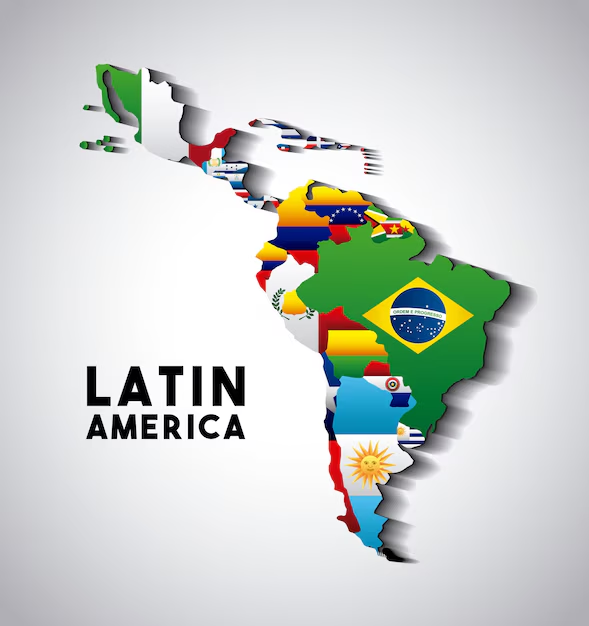Bridging the Divide: Integrating Indigenous and Western Healthcare in South America
The harmonious integration of Indigenous and Western healthcare systems presents a significant opportunity for enhancing community health and social development in South America. This complex undertaking necessitates a nuanced understanding of both approaches, acknowledging their unique strengths and addressing the challenges inherent in their convergence. This article explores the current landscape, highlighting the potential benefits and outlining strategies for successful integration.
The Rich Tapestry of Indigenous Medicine
Indigenous medicine, deeply rooted in ancestral knowledge and traditions, offers a holistic perspective on health and well-being. It views the mind, body, and spirit as interconnected entities, emphasizing preventative care and natural remedies. Centuries of practice have yielded a rich pharmacopoeia of plant-based medicines and healing techniques, alongside spiritual ceremonies designed to restore balance and harmony. This approach goes beyond treating symptoms; it aims to address the root causes of illness within the context of the individual's life and community.
Western Healthcare: Technological Advancements and Specialized Care
In contrast, Western healthcare systems rely on scientific research and technological advancements to diagnose and treat illnesses. This approach excels in providing specialized medical interventions, including advanced surgical procedures, pharmaceutical therapies, and sophisticated diagnostic imaging. While highly effective in managing acute and chronic conditions, this model often overlooks the social and cultural determinants of health.
Navigating the Challenges of Integration
Integrating these distinct systems requires overcoming significant hurdles. Cultural differences, language barriers, and a lack of mutual understanding between practitioners can hinder collaboration. Skepticism from either side can also obstruct progress. Addressing these challenges requires a commitment to mutual respect, open dialogue, and a willingness to learn from each other's expertise.
Strategies for a Collaborative Future
Building bridges requires proactive strategies. Establishing collaborative research initiatives can validate the efficacy of Indigenous medicinal practices while advancing scientific understanding. Joint training programs can equip healthcare providers with the knowledge and skills to effectively incorporate traditional methods into their practice. Moreover, empowering community health workers with expertise in both systems is crucial for delivering culturally sensitive care, particularly in remote communities.
Investing in Community-Based Solutions
Strengthening primary healthcare services by integrating Indigenous approaches can improve access to care, particularly in underserved regions. This integration can take many forms, from incorporating traditional healers into healthcare teams to integrating traditional medicinal plants into treatment plans. Investing in traditional healing centers can preserve cultural heritage while providing a valuable platform for community health initiatives.
A Multi-Generational Endeavor
The success of this integration depends heavily on engaging future generations. Educating youth about the value of both Indigenous and Western healthcare practices fosters a sense of cultural pride and empowers them to advocate for a more holistic and equitable healthcare system. This includes promoting intergenerational dialogue, ensuring the transmission of traditional knowledge, and fostering a spirit of collaboration among young practitioners.
The Path Forward: Collaboration and Empowerment
Ultimately, successful integration requires a commitment from all stakeholders. Government agencies, healthcare institutions, and community leaders must work together to create supportive policies, allocate resources, and facilitate collaborations. By embracing the strengths of both Indigenous and Western medicine, we can create a healthcare system that is not only effective but also culturally sensitive and responsive to the unique needs of South American communities. This collaborative approach will not only improve health outcomes but also promote social justice and cultural preservation.
The journey toward integrating Indigenous and Western healthcare systems in South America is ongoing, demanding continued dedication, open dialogue, and a steadfast commitment to community empowerment. By fostering mutual respect, understanding, and collaboration, we can unlock a future where both systems work harmoniously to provide comprehensive and culturally appropriate healthcare for all.




